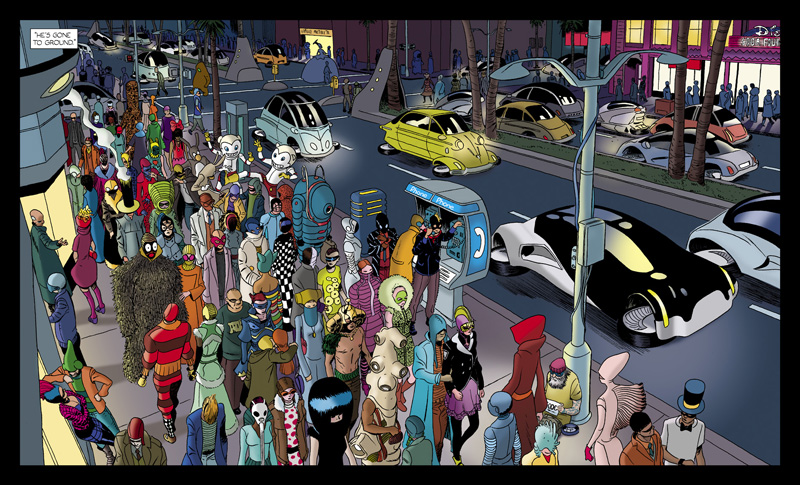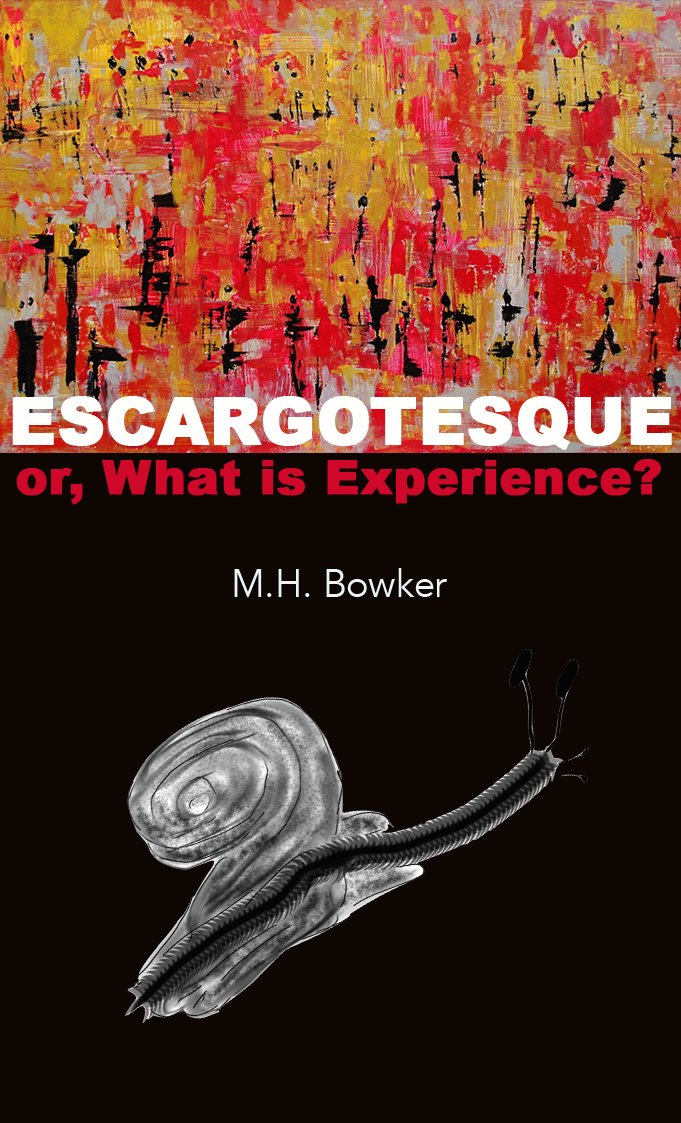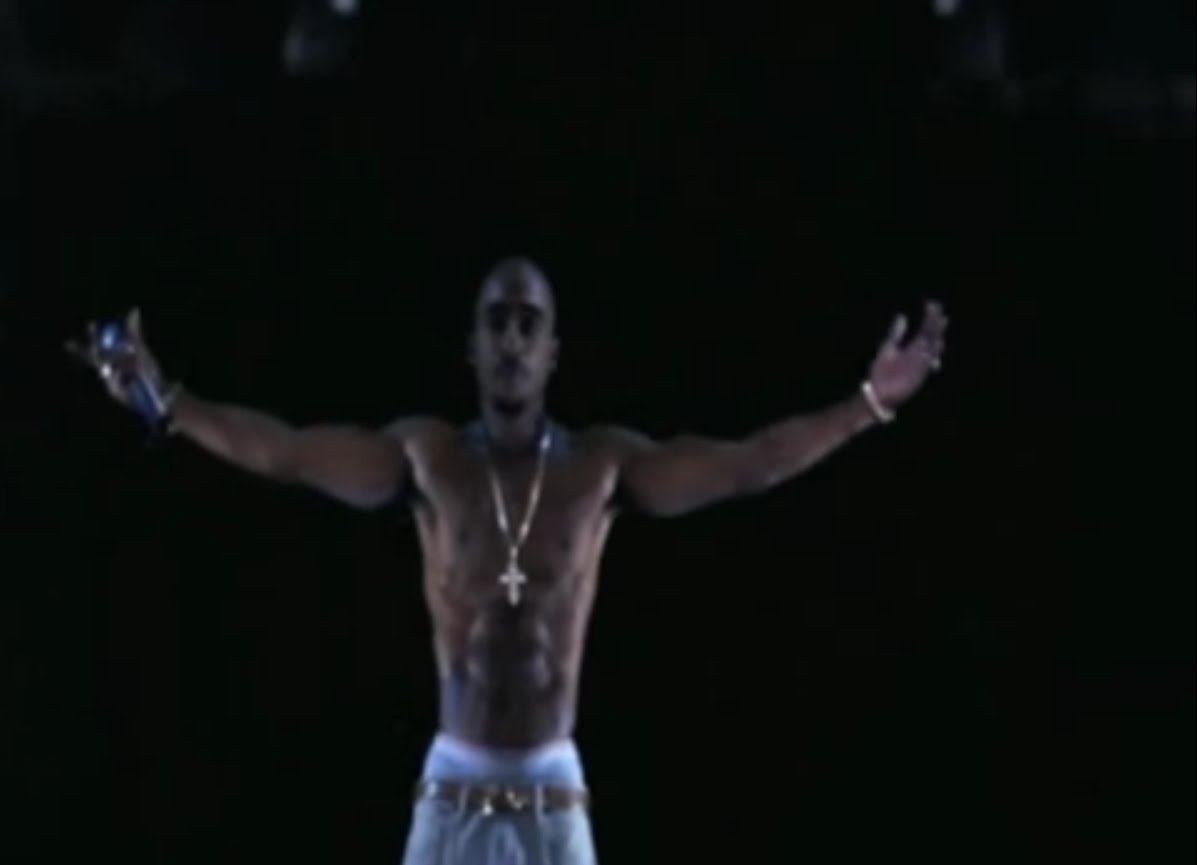
How can one seriously advocate a love of James Bond in 2016?
The martini-swilling, tuxedo-sporting, murderous womanizer of the Cold War is now made up in the popular imagination as equal parts parody and awful colonialist-conservative ideology. Namely, might makes right, with regards to foreigners and women, their own agency and self-interest coming in second place again and again to his privileged autonomy. His “license to kill.”
We can approach James Bond, in 2016, and say we love him anachronistically. We love him specifically because he is a time capsule, a shadow that refuses to die. A tradition that continues to be relevant for its own sake, the continual appearance of it signifying nothing but the thoughtless comfort of repetition.
Its refusal to die is not so dissimilar from a ghost, or a spectre, and therein lies the brilliance of Sam Mendes’ latest Bond outing.
It begins with Bond skulking through Mexico City, following a bad guy whose vague badness is all we need to know to satisfy that little bit of bloodlust these movies do such a good job quenching. Bond’s face is hidden behind a skull mask, his trademark suit adorned with skeleton bones, and it’s a brilliant visual trick, brilliant perhaps for its simplicity: Bond is Death. Stylishly so.
Grim Reaper, haunted by both the deaths he’s caused and the ones he’s suffered through.
He is both tragic and terrifying and that’s why this works. That’s why this has worked twenty-four times now, politics be damned.
We talk about the fast cars, and the fantastical gadgets, and the grotesque villains, and the beautiful women, but none of that would matter were it not contrasted so symmetrically with the uncomfortable bleakness of death itself.
The brilliance of James Bond is in its reducing death to pop-culture triviality. Death is as much an event as a new material item Bond himself might consume — shiny, pretty, meaningless.
That worldview is essentially a sociopath’s view of things, and Bond often feels like he might be the West’s favorite sociopath. Dexter in a suit; Hannibal Lecter with a heart.
All of this preamble to say, essentially, that Bond movies don’t need much more than the aforementioned ingredients to work. We come in for the excitement, the vicarious thrill of it all, as much as we come for the cataloguing of things we could want, including the crude reduction of other countries into simple tourist occasions and actresses into pin-up models.
This works because the most honest way to consume films is probably with your heart and not your brain (the films you love from childhood are testaments to that idea).
The neat thing that Daniel Craig and the modern Bond myth-makers have done is that they’ve taken the time to consider all of this. They’ve made their Bond — previously a cipher for audience excitement — into a character. The new Bond is a man who not only haunts the modern psyche of the Westernized moviegoer, but is haunted by his place in it.
He is the dread of the past, both victimizer and victim.
His world is death, and I’m not sure it would be too much of a stretch to suggest that he’s Willard from Apocalypse Now, hanging on for dear life to the mission, to whatever his place in it is, lest he fall victim to the tumultuous chaos of life below. (A chaos people like him are at least partially responsible for creating in the first place). Skyfall posited that he gained this worldview after the death of his parents. Casino Royale cemented it with the death of Vesper. Hence the cars, hence the glamour, hence the philandering, hence the vodka martinis (especially the vodka martinis). All distractions to distance himself from a hurt beautifully explored in Craig’s first outing as Bond, Casino Royale, where he fell in love and even contemplated exiting a life he’d discovered to be ugly and shallow.
Only for things to fall apart, and here we are in Mexico, Bond literally death himself.
And the smug, cool tragedy of the whole thing is that Craig now seems so comfortable as Bond that Bond comes across as unnervingly comfortable with his role as Death.
Modern Bond, then, as tragedy.
An exciting, flashy, bombastic surrendering to the job, despite its cruelties and consequences. For Craig’s Bond might be a monster, but he’s our monster. He gives himself for the people, time and again, those surface pleasures medical opiates for the man who is going to die saving the world.
Our pleasure is that he never does.
He’s Willard not yet becoming Kurtz, which is maybe why Skyfall resonated with so many people. Not only was it a beautiful film, but Javier Bardem perfectly played Bond’s foil: a nightmare version of Bond as spoiled man-child terrorist, taking from the world that had become his playground, not in service of the higher morality of civilization, but for revenge.
Bond is a man who feeds his emotional shortcomings and scars with violence that often smells like vengeance, but he’s too guilty about it for it to ever develop its own agency. He’s basically populist, despite his elitism. Vesper said in Casino Royale that he wore his suits “with such disdain.” That’s why we like the new Bond.
He’s still got the swagger, but a sense of responsibility and torment, too. All that shallow, exciting life-cataloguing coupled with a stubborn sensibility that public work, at the end of the day, is the only thing that matters. The importance of the bulldog wrapped in the flag he inherited from “M.”
His work is violence because he’s good at nothing else, which is part of the tragedy.
He’s good at nothing else because he’s trapped in a cinematic landscape predicated on his justified violence. It would make sense that this film has ghosts on its mind.
The unexpected pleasure of Spectre is that, despite everything I’ve just said, the film manages to be buoyant throughout, allowing Bond to literally dissolve into the pop-art sizzle of his sixties heyday, like a warm bath our world-weary, 21st-century spy has earned the right to step back into.
It’s beyond parody because Bond has been literate enough the last three outings to earn this moment.
Which means (spoilers ahead), the final act of the film can involve him traveling on a beautifully lit train, with a stunning companion, dressed in a stylish white dinner jacket, dispatching of henchmen straight out of a cartoon strip, before he and his companion ravage each other, excited by death. For the first time, Bond doesn’t seem guilty about it, because he’s found a woman who’s turned on by violence, too, meaning… Yes, this is the first Bond film in a long while that hurtles toward a happy ending for our adorable and heroic cinematic psychopaths. Before meeting evil genius Blofeld (better known as Dr. Evil) in a beautiful, space-deco lair, complete with a chunk of sixties-esque asteroid put on display.
Blofeld supplies Bond with a suit, his love interest with a dress, proving that he is as interested in fashion as he is in terrorism.
At which point the movie sort of synthesizes beautifully into a James Bond Greatest Hits album. James Bond as pop-culture idolatry.
Craig’s Bond has spent three films being tortured and complex, quite different than the Bond of the past, and finally he’s earned the moment when he could become full-on plastic action figure, quippy and moral and even humorous, exacting precise measures of cinematic violence.
As though he’d died and gone to Super Spy Heaven, here he exists in the classic “Bond film.” Looks like our exhausted and tragedy-suffused secret agent, our good guy Grim Reaper, has finally found some peace.
The title’s ghost, then, finding solace in blowing up a secret lair, saving the girl, and riding off into a dastardly cool Aston Martin.
It is, basically, the perfect way to cap off the Craig Bond era, and I almost hope he ends his run here.
A sneaky way to resurrect the ghosts of Bond’s past, while also testament to the strength of Craig’s Bond films and an argument that they are probably the only Bond films you actually ever need to watch.
Not bad for a character nearly fifty years past his heyday.
(Making it surprisingly easy, actually, to advocate a love for James Bond in 2016.)



